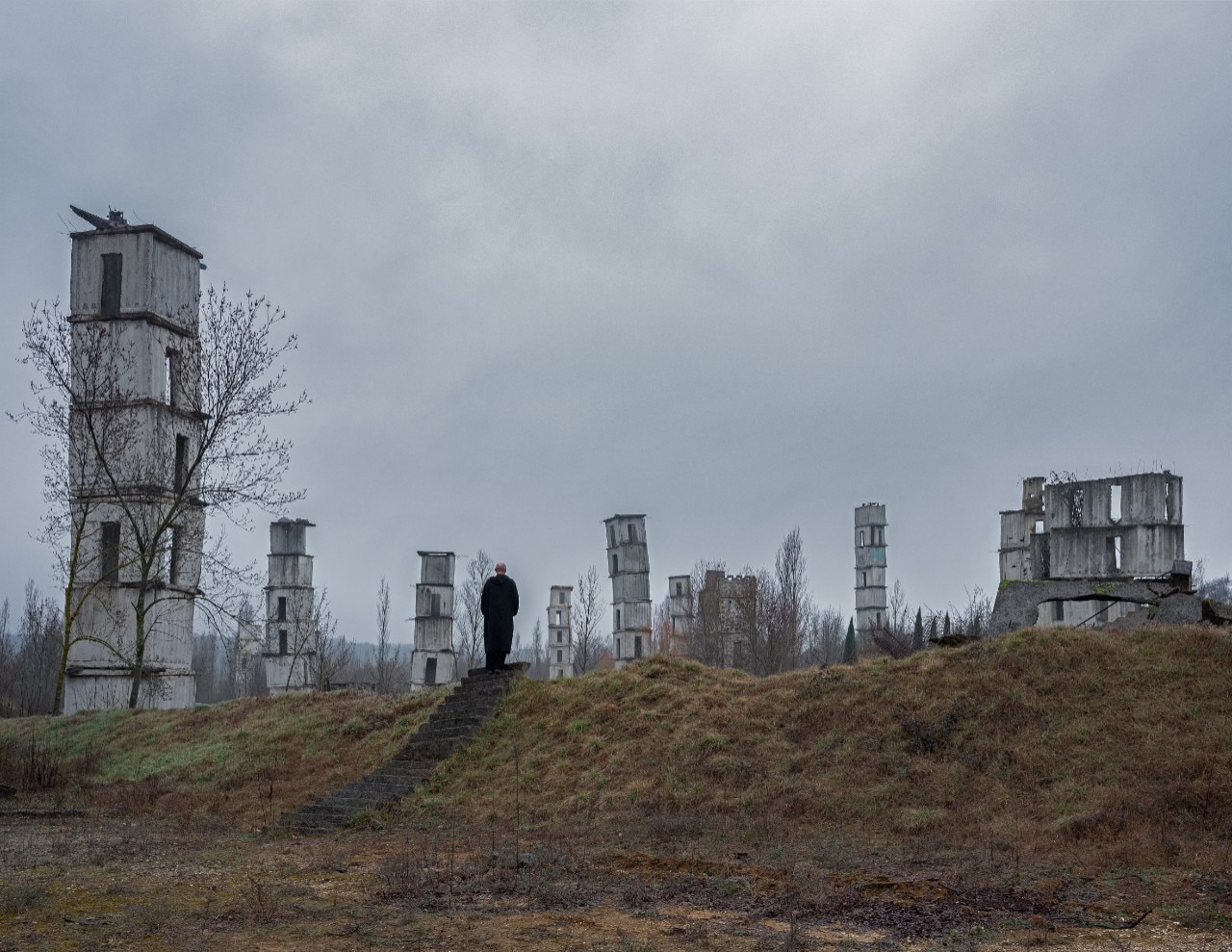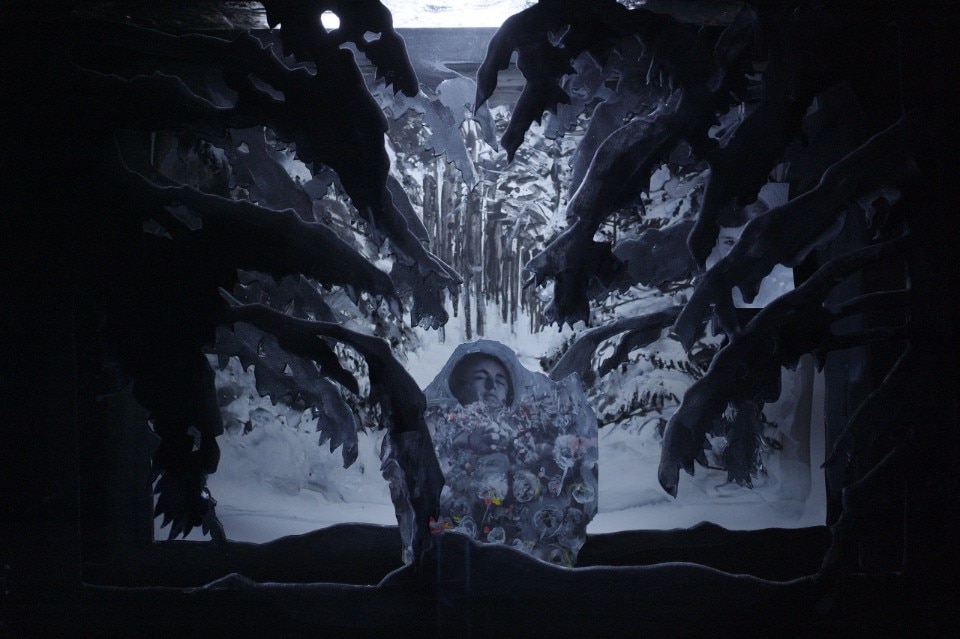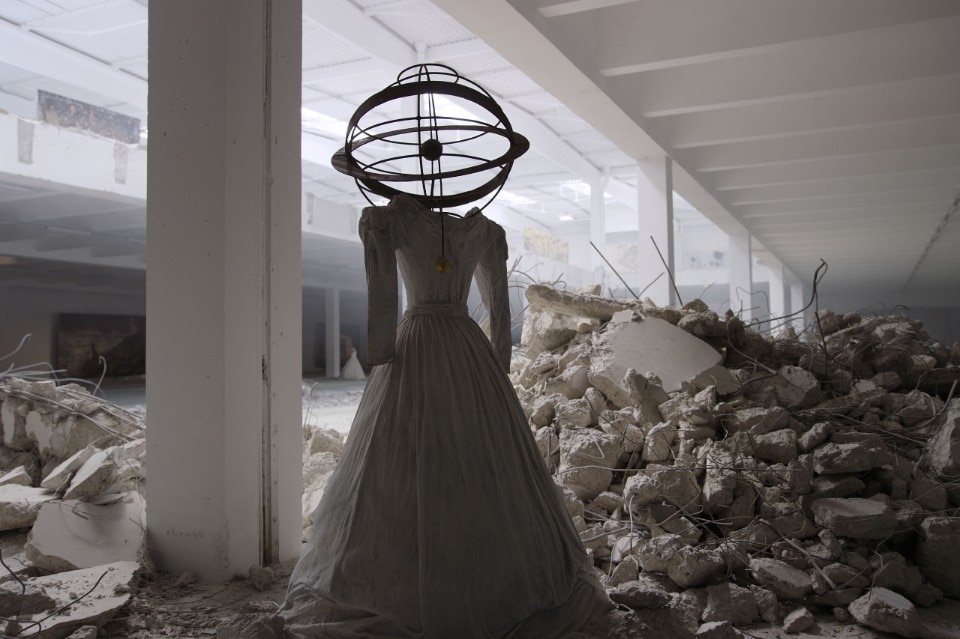Anselm Kiefer and Wim Wenders were both born in Germany in 1945: Kiefer on March 8, as the first U.S. platoon crossed the Ludendorff Bridge over the Rhine at Remagen, hastening the conclusion of World War II; Wenders, on the other hand, was born on August 14, a week after the atomic bombing of Hiroshima and Nagasaki.
Sharing the historical and social context, that of a nation devastated by Nazism and the dramatic consequences of the World War, adds another layer of interpretation to the documentary Anselm. signed by Wim Wenders’ direction and dedicated to the life and work of Anselm Kiefer, which premiered at the Cannes Film Festival 2023.

In post-war Germany, as Wenders describes in his speech to Munchner Kammerspiele on November 10, 1991 (published in the collection L’atto di vedere, Meltemi, 2022), “[Behind us was a black hole,] everyone was looking rapt forward, committed as they were to reconstruction, working toward a miracle, and this economic miracle was possible only by an incredible effort of obliteration. The incredible result was precisely not a new phoenix, but the forgetting of the ashes from which it rose again.”
Through Wenders’ eyes we see Kiefer at work, riding his bicycle through the monumentality of those spaces. By incorporating elements like lead, fire, and water, he is able to infuse his artworks with a sense of burning, fleshing out the physicality of his creations.
Kiefer and Wenders are part of the first generation of artists who forced Germany to face its past in the 1960s.
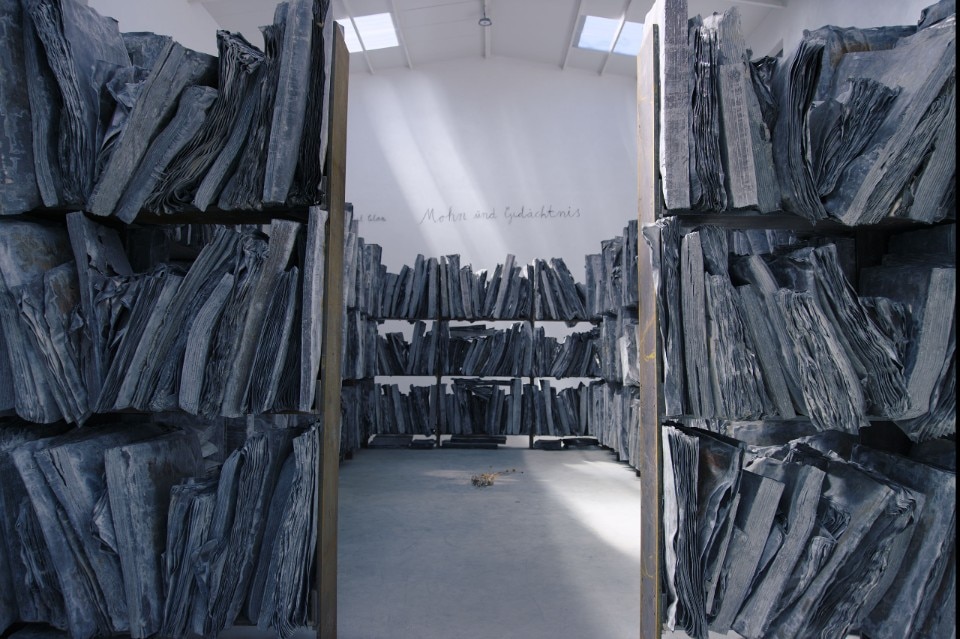
If the German director sought in the geographical distance from his own country the starting point to traverse and overcome the unspoken heaviness of German history, Anselm Kiefer made catharsis the motivation behind his artistic pursuit.
The two artists met for the first time in 1991, after an exhibition at the Neue Nationalgalerie in Berlin, and it was not until 2019 that Kiefer invited Wenders to Barjac, to show him this indefinable and magnificent place he had created, where his works rest like embers under ashes, in the nature of southern France.
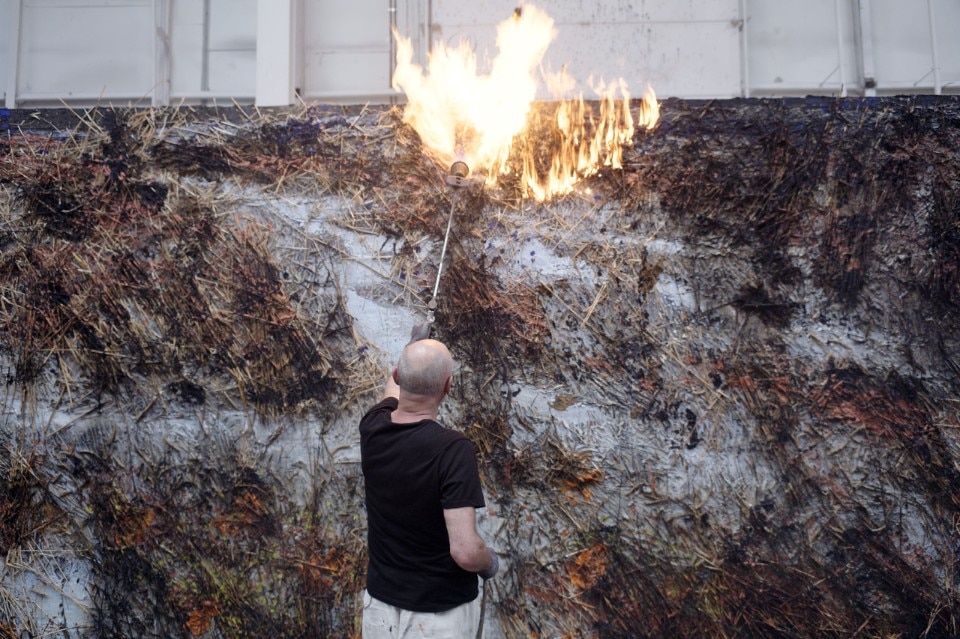
In 2020, they begin filming, which will take Wenders to all the places, real and metaphorical, of Kiefer’s production: in addition to Barjac, they will shoot in the atelier in Croissy, the studio in Hornbach in the Odenwald, and Kiefer’s hometown.
Through Wenders’ eyes we see Kiefer at work, riding his bicycle through the monumentality of those spaces, working with his assistants spreading the color mixture on the canvas with a palette knife in a manner that resembles working with cement. By incorporating elements like lead, fire, and water, he is able to infuse his artworks with a sense of burning, fleshing out the physicality of his creations. The moment of creation in the atelier, of confrontation with a material that is created in its being destroyed, is interspersed with historical, philosophical and poetic echoes.
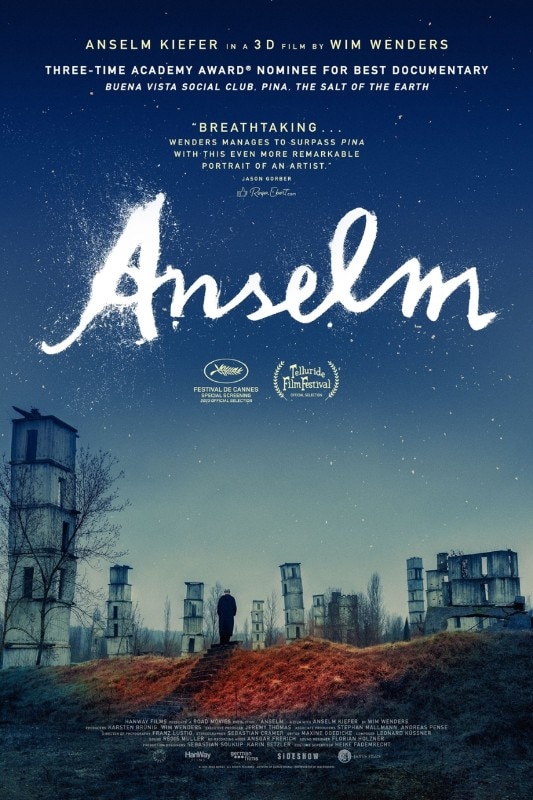
On the one hand references to Martin Heidegger and his silence, on the other the words of the Jewish poet Paul Celan, the latter inescapable for understanding the German artist’s practice: if Theodor Adorno in 1949 argued that “to write a poem after Auschwitz is an act of barbarism,” Celan and Kiefer see art and poetry as the only possible means of traversing and overcoming the historical narrative, and eventually, the void left by the silence of a nation; Wenders’ poetic and visual language allows us to show what is unspeakable, to be able to look beyond omissions and denials.
Wenders includes in the film clips of original footage and interviews that mark some of the milestones in Kiefer’s life and career: from his studies with Joseph Beuys-which we see returning later in a catalog in the hands of the German artist-to his controversial participation in the German pavilion at the 1980 Venice Biennale, to exhibitions in the United States in Chicago, Los Angeles, and New York, and then the 1991 exhibition at the Neue Nationalgalerie in Berlin, and finally to the monumental solo show in Venice in 2022.
Bringing the narrative more vividly to life, we meet at various points in the film a child Kiefer-played by Anton Wenders, the director’s nephew-and a young adult Kiefer, played by Damien Kiefer, the artist’s son, to peer even deeper into the significance of the equivalence between the artist’s life and his art.
This documentary, which continues the series of biographical works that Wenders has made throughout his career - most recently the one dedicated to Pina Bausch in 2011 - is a way of gracefully accessing the scenario of images and suggestions inherent in Anselm Kiefer’s works, which live in a present and suspended time at once, heavy in their grandeur and light in their being.


